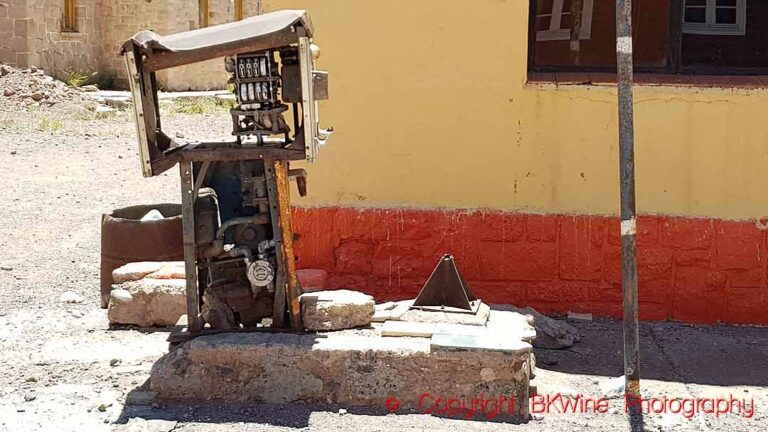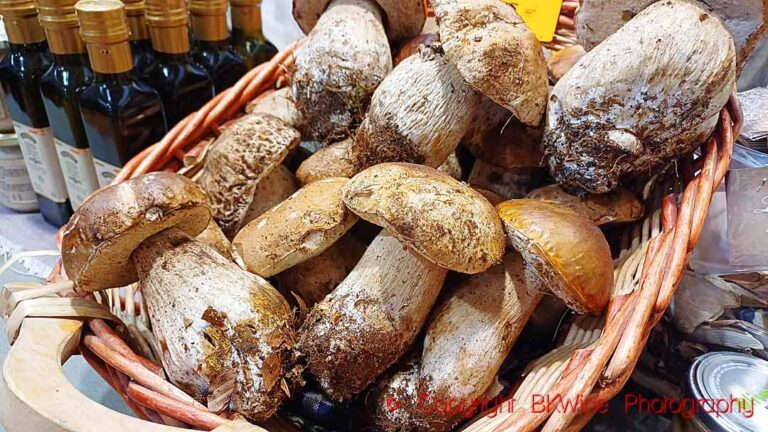Institut rhodanien, a research institute in the Rhône valley, has carried out a comprehensive study of how the various maturation parameters of grenache have changed since 1969. These include changes in the acidity level and sugar content. Yields are now lower as the weight of the grapes has decreased. In the year 2000, 200 grapes of grenache weighed between 380 and 400 grams; in 2019 the same amount weighed 280 grams.
This is because the temperature between flowering and veraison, the period when the grapes change colours, has increased. In addition, the researchers noted a decrease in days with a relative humidity higher than 60%.
The total acidity has decreased by 1.95 grams per litre, and the potential alcohol has increased by 2.7%. Before 1990, the potential alcohol was 10% on September 1 and 12.5% at harvest. Today it is 12.5% at the beginning of September and more than 14% at harvest. In 2019 and 2020, it was over 15% already in mid-September, something that never happened in the 1970s and 1980s.
The vines bud and bloom 10–15 days earlier, and the harvest often starts 20 days earlier. Part of the change can probably be attributed to more knowledge and talent for the work in the vineyard, but hardly everything.
One possible action by the growers is to harvest earlier, but that may mean harvesting before the phenolic ripening.
Read more: Vitisphere












